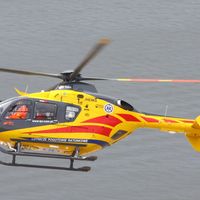Sokołów Podlaski
6.46

Overview
Sokołów Podlaski is a town located in eastern Poland, in the Masovian Voivodeship, on the Cetynia River. Granted town rights in 1424, it boasts a rich history dating back to the 6th century AD. Over the centuries, it has been influenced by various cultures and nations, which has shaped the development of its architecture and traditions. Among its notable monuments are a wooden chapel from 1802, a palace designed by Henryk Marconi in 1857, and the Church of the Immaculate Heart of the Blessed Virgin Mary, built in the Neo-Gothic style between 1948 and 1953. Sokołów was the site of significant historical events, including battles during the Swedish Deluge and World War II, when the town suffered under occupation and the extermination of its Jewish population. It is also worth mentioning that Father Stanisław Brzóska, a leader of the January Uprising, operated in Sokołów and was executed here in 1865. Today, Sokołów Podlaski serves as a cultural hub for the region, with numerous initiatives such as the Sokołów Cultural Center, a cinema, dance and music ensembles, and a university of the third age. The town maintains close cooperation with partner cities like Dubno and Jēkabpils, promoting cultural exchange. Interestingly, Sokołów Podlaski was named the Cultural Capital of Masovia in 2004, highlighting its vibrant cultural and social life. The local economy is based on the meat and dairy industries, and public transportation is provided by local bus and rail lines. The town also functions as an important transportation hub, underscoring its strategic significance in the region.
Location
You can also find here:
2025 Wizytor | All Rights Reserved
